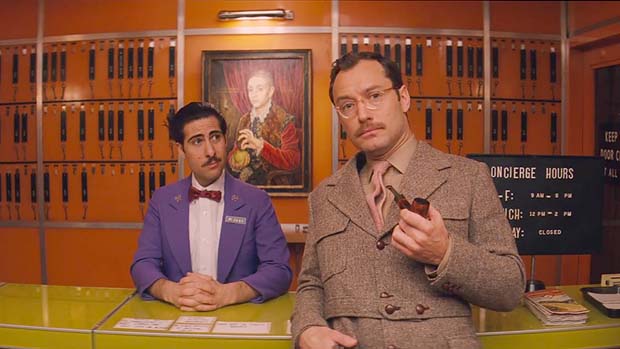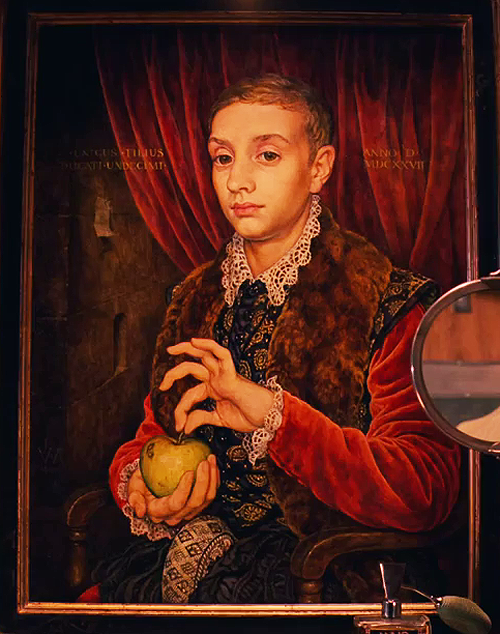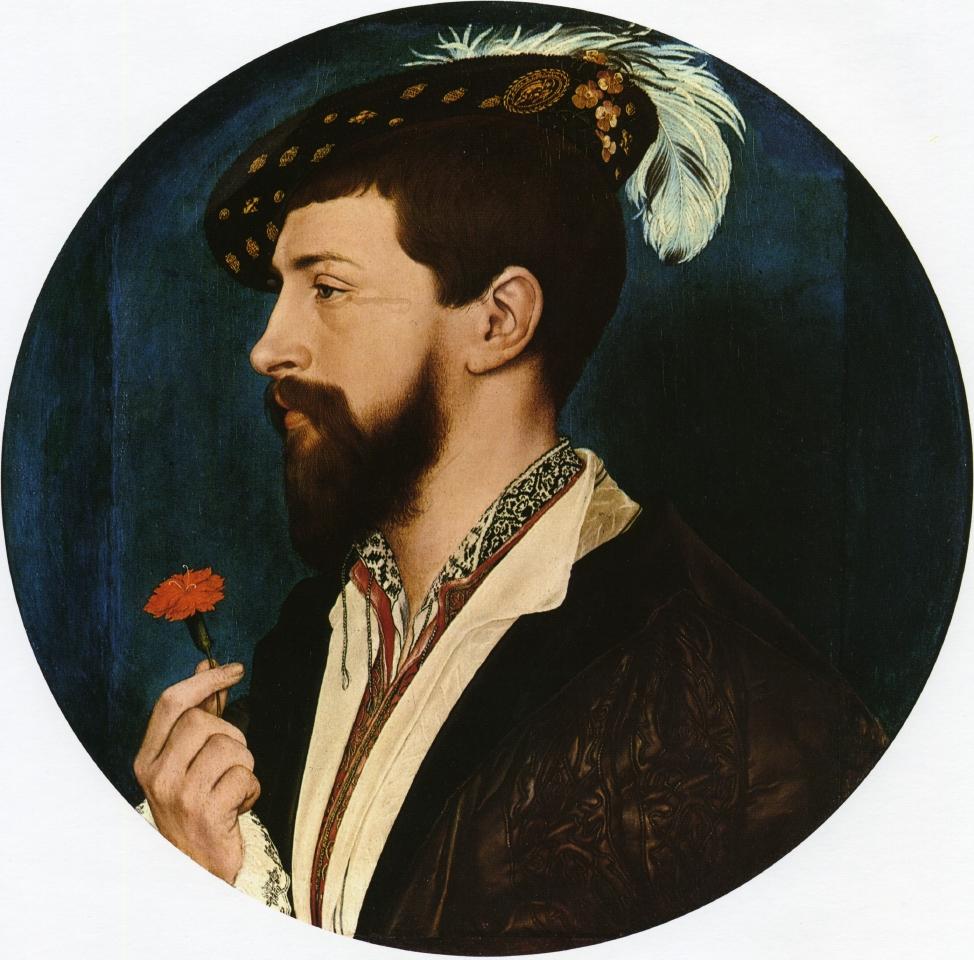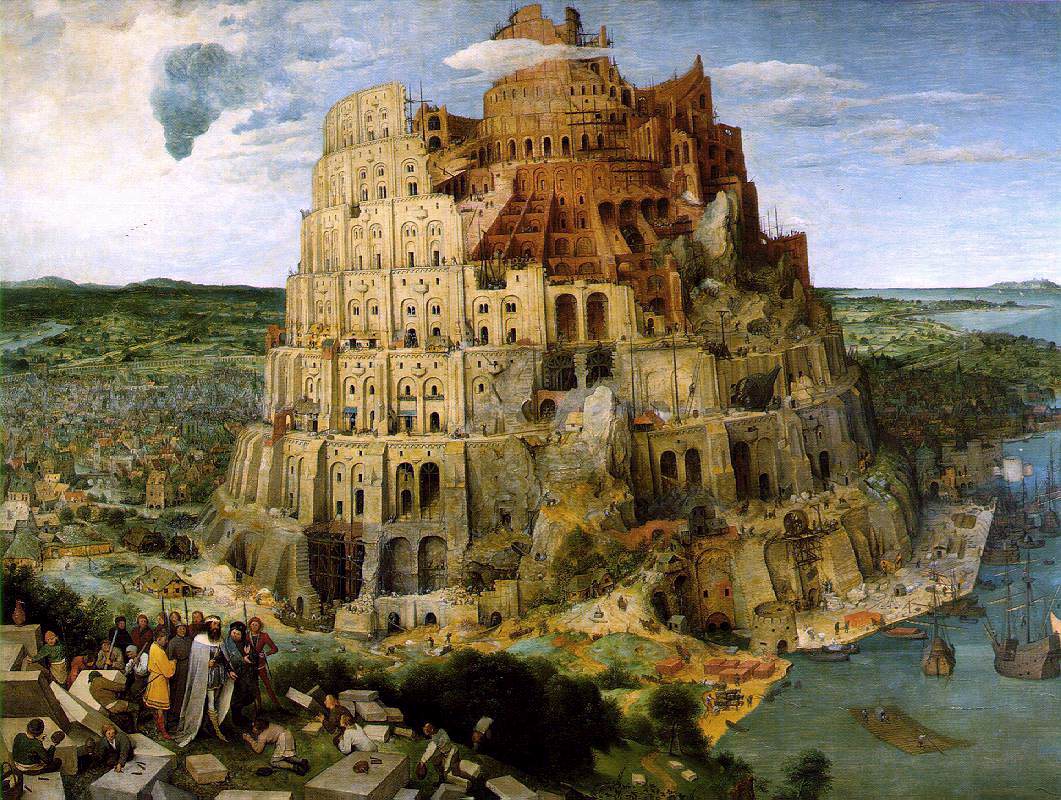
Wes Anderson's Flemish painting inspiration
How the director's new film, The Grand Budapest Hotel was, in part, inspired by Phaidon books
The worlds that Wes Anderson evokes in his highly stylised films are no longer within reach of most of us. Risk-averse parents are unlikely to allow their kids to become the kind of boyhood frontiersmen central to Moonrise Kingdom, and fewer New England amateur dramatics companies are likely to stage a children's' production of the Benjamin Britten opera, Noye's Fludde, which also features in that film.
Equally, the old-world majesty evoked in his new movie, The Grand Budapest Hotel, has all but disappeared even from 'old Europe'. The film, released this week in both Europe and the US, centres on the tribulations of a supernaturally charming hotel concierge Gustave H, who is framed for the murder of one his devoted clients, who bequeathed to him a valuable painting, The Boy With The Apple.

While we pride ourselves on our contemporary art and architecture titles, we also have the the kind of books that might have helped Anderson, and co. when coming up with a model for this fictional oil painting.
In a recent Wall Street Journal interview, the director tells the paper, "Our reference was kind of Flemish painters. And Hans Holbein; I don't know if it's the younger or the elder. I like Bruegel, and another one that's maybe connected to this is a Bronzino at the Frick. We were trying to suggest that it wasn't an Italian Renaissance painting. That it was more northern."

The painting was actually created by the London artist, Michael Taylor. Yet, anyone curious to learn more about Taylor and Anderson's inspirations should pick up copies of our highly affordable Colour Library editions on Bruegel, Holdbein and (for Agnolo di Cosimo, AKA Bronzino) Italian Renassiance painting.

Interestingly, Anderson says the model for Gustave H is the late Austrian writer and one-time Phaidon author, Stefan Zweig. While Phaidon has no plans to republish Zweig's 1936 work, The Buried Candelabrum, a Roman-era drama about the looting of holy objects, it's certainly nice to know Anderson's inspiration extends to our back catalogue.
Find out more about the film here. For more Anderson related inspiration, browse our Colour Library series, or take a look at our Benjamin Britten book.